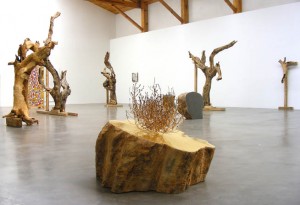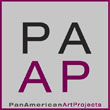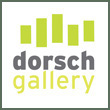« Reviews
Gabriel Orozco: Relational Reinterpretation
Gabriel Orozco
Galería KuriManzutto, Mexico City
April 29 - June 13, 2009
By Thiago Alves
At the end of the last decade Galería KuriManzutto made a high-risk decision to support experimental visuality and relational art. Since then, the outcome has been consistent: it restored self-referential individualism, simulation as an ideo-artistic reconstruction and, above all, it validated impurity, contamination and ambiguity as the cardinal points of the global post aesthetic.
This summer the gallery is backing Gabriel Orozco (Veracruz, 1962) an artist who travels between New York, París and Mexico City. Devoid of any title, the most recent exhibition of this Mexican visualist is rooted in the autonomy and authenticity of “the natural in nature,” an eccentrically symbolic posture of ambiguous albeit vulnerable metaphors.
A considerable problem since the declaration of “the end of art” is that conceptualist visualism has arisen in an encapsulated rationality, in a crowded common ground, where a variety of materials - found objects, damaged items and trash - is amalgamated with a defense of deconstructive aesthetic perception. Incidentally, artistic output is increasingly less “collectible.”
The pieces in this show respond to an intentional plan dealing with the random behavior of nature. Thus, they validate form as a “rational” element, but are limited in the use of color because nature does not offer such psychological congruency. As Orozco defines himself: “Much of my work occurs within those borders where order (structure, language, urban faith) confronts disorder (the organic, the phenomenon, the wilderness) (…). In these spaces of friction between the countryside and the city, between the organic and the inorganic, between the ‘artificial’ and the ‘natural,’ is where most of my work is generated and it is what I, as a traveler, encounter.”(1)
Orozco’s representational focus cannot avoid ornamental abstraction, almost kitsch. His visual essay is structured from “found objects” with outlines that are fluid, rounded, sinuous, undulating, geometrically irregular; they are pleasing natural forms without unsettling lines. There is a trace of totemism in this selection of “natural harmonies,” next to metaphors on violence, migration and ecology, tinged with a fair amount of caustic irony.
Orozco’s conceptualism in this show “defines” the creative experience and once again questions the work of art as perfect human representation. Nevertheless, the artist does not renounce the mysticism of artistry to transgress; he was not able to renounce the aesthetic theatricality, and this is also old common ground.
In the history of art, individualistic discourse tends to be more subjective or inclined to less universal perceptions. This has been the case with mannerism, impressionism, surrealism and the ideas of Eduardo Paolozzi regarding “the metamorphosis of ordinary things.” During the first half of the last century, subjectivity in art was firmly rejected, but then it started gaining ground until it was transformed into the relational axis of this other contemporaneity.
(1) Excerpt from the conference held at the Museo Rufino Tamayo (Mexico City, January 30, 2001).
Thiago Alves: Independent art critic. BA in Art History (University of Havana). MA in Communications and Digital Journalism (Carlos III University / Autonomous University of Barcelona, Spain). Director of the Masters Program in Contemporary Visual Studies, (CEDAP, Mexico).
Filed Under: Reviews



































